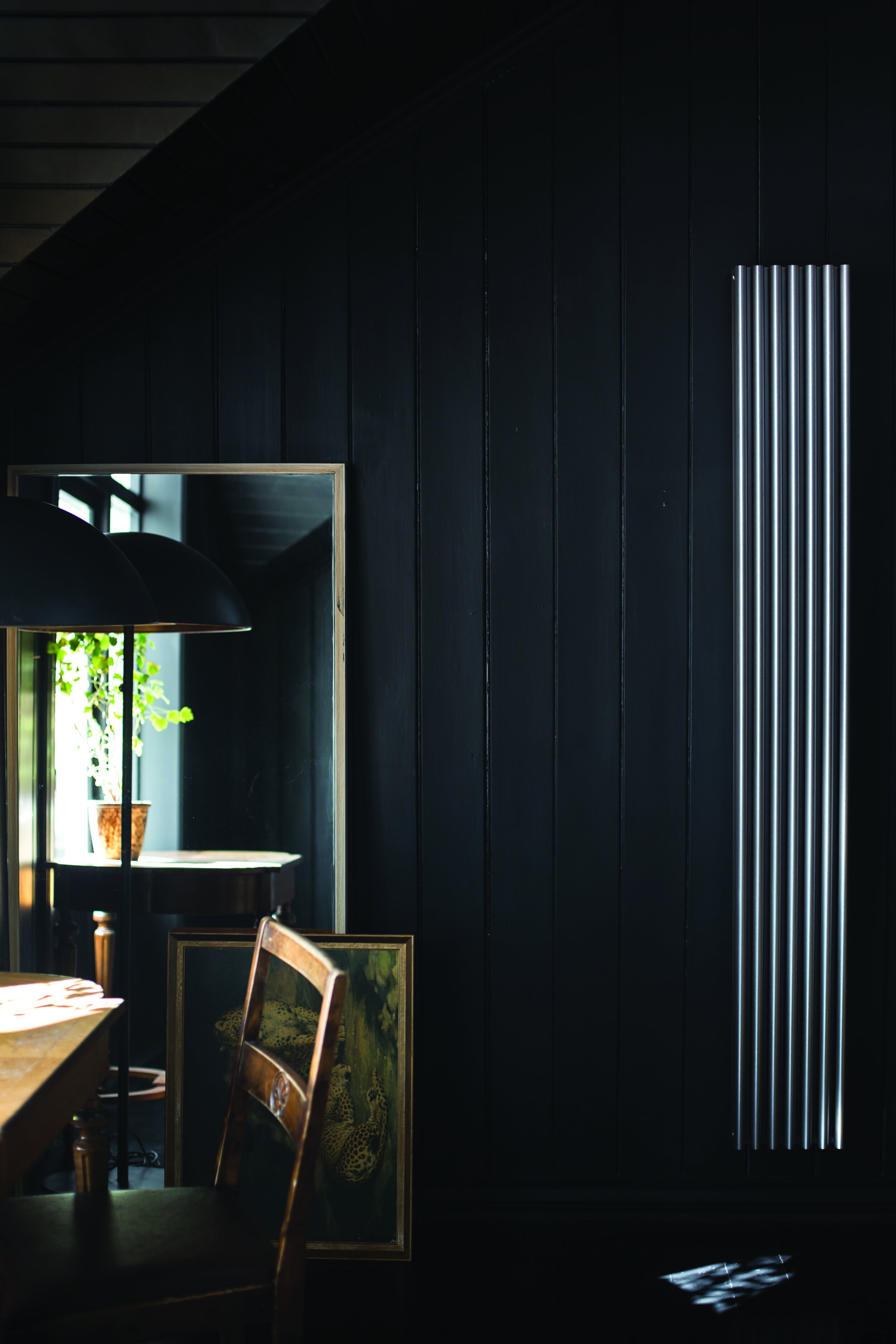
Water radiators – air/gas in radiators
Once a heating system has been installed, it should be chemically cleansed and inhibited according to British Standard BS7593: 1992. All air should be removed from the system before normal operation. Although radiators may be vented (i.e. air bled out) on an annual basis as a matter of routine maintenance, the need for more frequent venting may indicate a system problem. The presence of air, or gases (the byproduct of corrosion), in a central heating system can be identified by:
Cold spots in radiators (generally at the top).
• ‘Trickling’ or ‘burbling’ sounds from radiators (particularly column type radiators).
• Pin hole corrosion in radiators. These symptoms can generally be eliminated by:
• Fully venting all air out of the system. • Ensuring there are no leaks anywhere in the system.
• Chemically cleansing and inhibiting the system. • Ensuring that no radiator is above an air separator or system vent position (open system only).
Failure to eliminate all air or gas from a radiator, or the reoccurrence of gas in a radiator, may be attributed to one or more of the following reasons:
• Air remaining in the system, which has not been released through venting, which may then travel around the system.
• The central heating system has an intake of air, which is then being circulated around the system, and is collecting in the radiator(s). (Micro leaks often occur at screwed or compression joints on the suction side of the pump and can allow air in without letting water out.)
• The central heating system has not been inhibited, or is insufficiently inhibited, allowing the continuous production of hydrogen gas, which is subsequently being pumped around the system and is collecting in the radiator. (Hydrogen is a byproduct of electrolytic corrosion and is often mistaken for air. Due care must be taken as hydrogen is highly combustible.)
• The pump for the central heating system is set too high, causing the release of oxygen from the system’s water (’cavitation’), which is then being pumped around the system and is collecting in the radiator(s).
• The pump for the central heating system is incorrectly positioned in relation to the feed and expansion pipes, causing the production of oxygen (’pumping over’), which is then being pumped around the system and is collecting in the radiator (only applicable to open vented systems).
• The central heating system’s air vent has been installed below the top of said radiator, consequently causing air to rise to the highest level and collect Maintenance within.
A poorly maintained or untreated system will work to the detriment of all its components, dramatically shortening their longevity, so please ensure that your central heating system contains noncorrosive, clean water, and has the correct amount and type of corrosion inhibitor applied in accordance with British Standard 7593:1992. (This is also essential for central heating systems which are supplied via a watersoftener.)
If the system contains unclean water, or does not have an inhibitor applied it may be advisable to seek advice from a qualified plumber or heating engineer on chemically cleansing and flushing the entire central heating system (including the boiler) in accordance with British Standard 7539:1992, and with the manufacturer’s instructions. For advice on system treatments and maintenance, call the Fernox Technical Helpline on 01799 550 811 or visit their website at www.fernox.com

